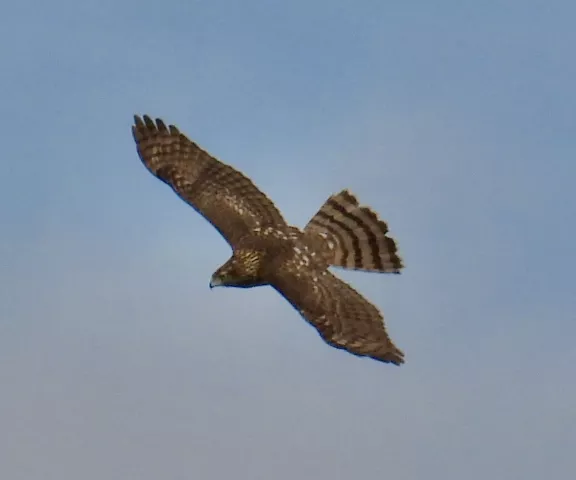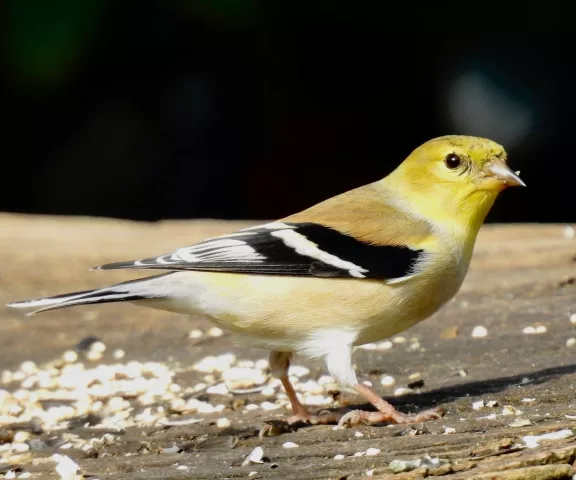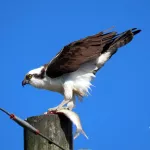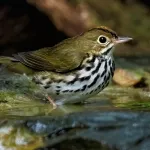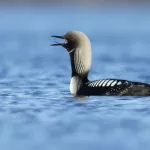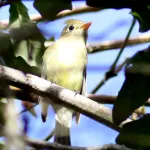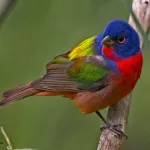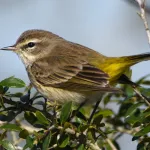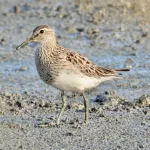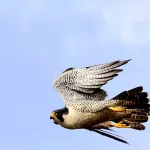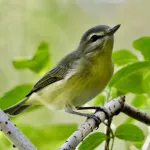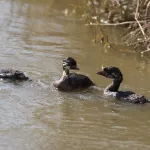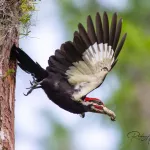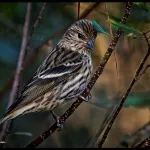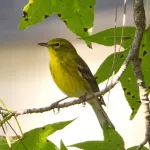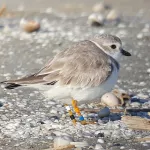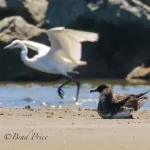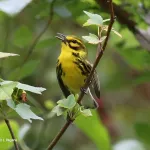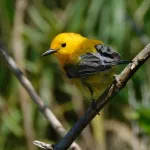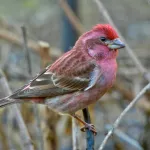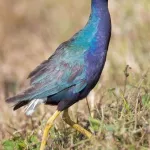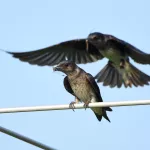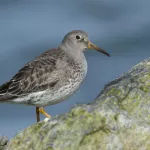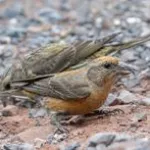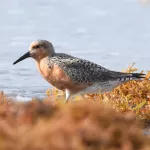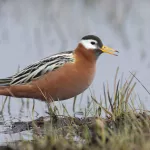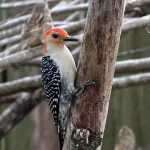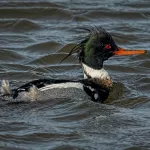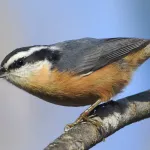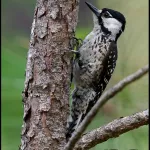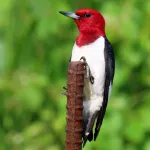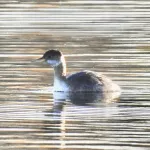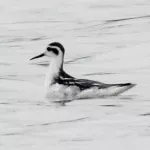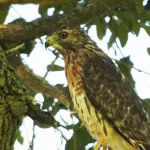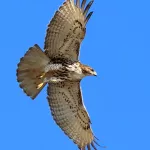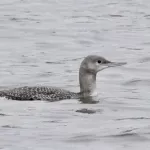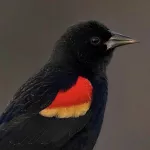Amite River Wildlife Sanctuary
The Amite River Wildlife Sanctuary is a relatively new site owned and managed by the Baton Rouge Audubon Society. It is located in the Atchafalaya National Heritage Area, within the historical range of the native Chitimacha people.
The sanctuary features mostly cypress-tupelo swamp habitat, bottomland hardwood, and mixed pine-hardwood forests. The Legacy Tree trail leads visitors past massive specimens of ancient bald cypress trees to the site's only live oak. It’s estimated to be 350 years old, and its trunk is 23 feet in circumference.
Forest birds recorded here include Yellow-billed Cuckoo, Ruby-throated Hummingbird, Mississippi Kite, Cooper's, Red-shouldered and Broad-winged Hawks, Eastern Wood-Pewee, Acadian and Great-crested Flycatchers, Gray Catbird, Hermit Thrush, Pine Siskin, American Goldfinch, White-throated and Swamp Sparrows, along with more than 10 warbler species.
A pond is located on the southern border of the property. Some of the waterbirds recorded thus far include Wood Duck, Anhinga, Double-crested Cormorant, Great Egret, Little Blue and Tricolored Herons, White Ibis, and Roseate Spoonbill.
Trails are marked with surveyor tape on trees. Trails are extremely primitive; no boardwalks exist, so watch for tripping hazards, mud, and wet spots. Knee-high rubber boots are recommended. Parking is limited to the grassy area in the front of the sanctuary between the temporary fencing (green T-posts with yellow rope). The sanctuary is unmanned and contains no additional amenities; it is not handicapped-accessible. This site is specifically for birders, nature photographers, and other hard-core naturalists.
